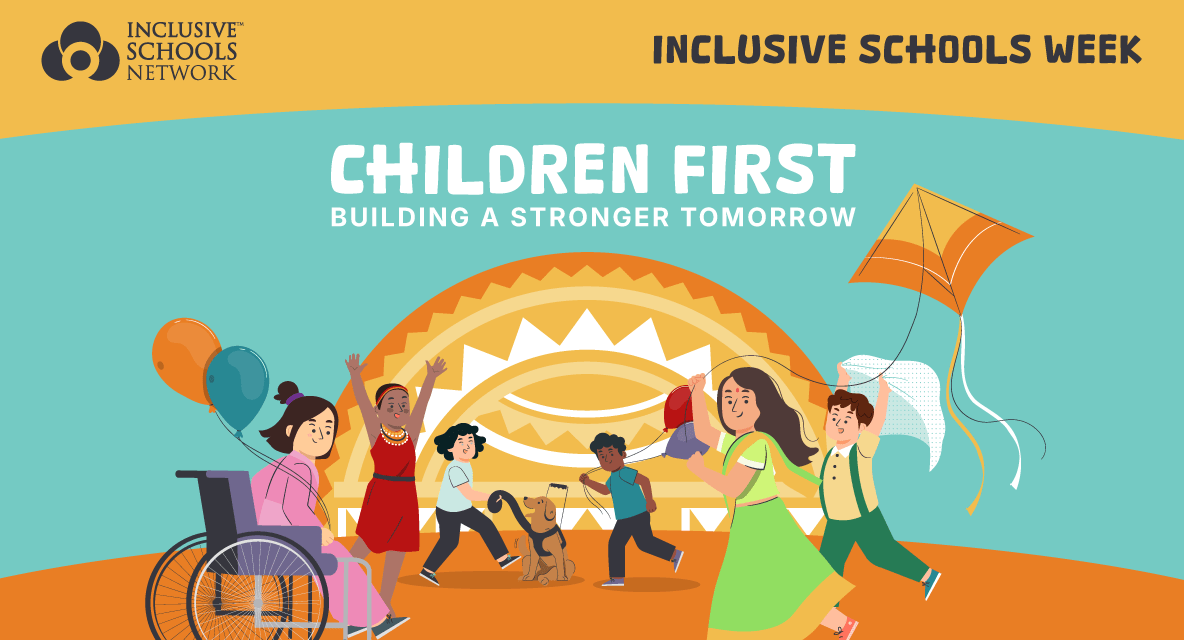This year, the department has seen considerable growth with the introduction of an additional teacher, an extra design workshop, a full-time technician, and the first ever DP Design Technology cohort in Grade 11. That course has seen a surge in enrollment, with students eager to join the exciting world of design - a testament to the dedication of the staff and the engaging nature of the program itself.
At the core of the subject lies design thinking and the design cycle. IDEO, a global design and consulting firm and one of the frontrunners in using and advocating the design thinking approach, describe the process simply as “a way to solve problems creatively.”
Furthermore, they highlight the importance of a human-centered approach emphasizing the need to stay focused on the people you're designing for. This concept is gaining traction beyond the world of design as businesses and leaders are employing design thinking approaches to address a vast range of challenges.
The design cycle is a series of phases that takes you from a problem or an initial concept to a finished product. Although every designer approaches an issue differently, there are general stages that we all follow. These form the design cycle, which underpins the design process. IDEO’s design cycle has five stages: empathize, define, ideate, prototype, test.
Students at NISC are well versed in applying design thinking and the design cycle to achieve success. For instance, in Grade 7, you’ll see students empathizing as they work with clients in relation to the design of vertical garden solutions. They conduct interviews to help understand the needs of their client before developing detailed specifications for approval.
In Grade 10, students employ field-research techniques to identify authentic community problems that can be addressed through social design products. Grade 9 students develop short films to raise awareness about mental health and wellbeing. Early in the process they meet with the school counselor to gain valuable insight on the topic, and they survey students to gather their perspectives.
During the ideation phase, creative processes really start flowing. Students employ various techniques to generate a range of ideas such as brainstorming, mind mapping, rapid prototyping and morphological analysis. As students refine their ideas, digital skills such as CAD (computer-aided design) modeling help students to communicate ideas effectively. Technical drawing and physical modeling are also a key part of the ideation process.
The design process really comes to life in the prototyping, or creating, phase. In various projects you’ll see students working together creatively to generate solutions. In Grade 10, collaboration is a massive factor in determining success as students work to build food truck businesses with model trucks, advertising and signature dishes. Likewise, Grade 8 students work in groups and employ a range of joinery techniques to turn recycled pallets into furniture.
Other projects require students to work independently and introduce students to varied materials and design strategies. For instance, a jewellery unit allows students to cast metal and a clock-making unit requires them to work with plastics and CAM (computer-aided manufacture) techniques.
The final stage of the cycle, evaluation, sees students testing their products and gathering valuable data to measure success and inform further development. In Grade 6, students put balsa model planes through numerous flight tests, gathering data in order to refine models with the aim to have them fly as far as possible. Other projects require students to work closely with their clients and gather valuable feedback about the success of their products.
It is important for students to see the design cycle as a flexible process rather than something linear. When used correctly, designers move back and forth between phases as new insights emerge. Having a broad range of skills and being able to adapt to a variety of problems and contexts is what makes students excellent design thinkers, and it’s what will help set them up for success in all walks of life.






